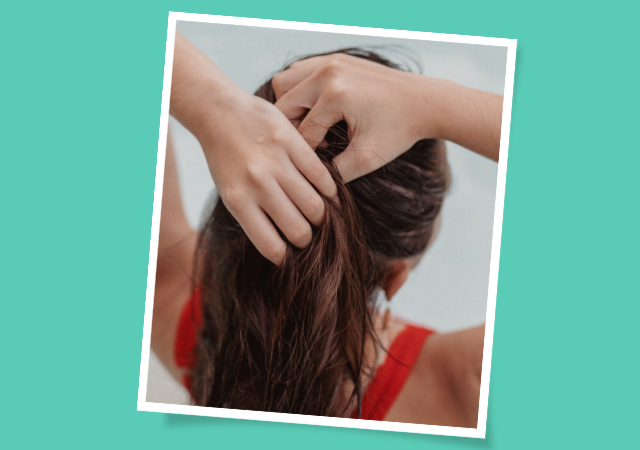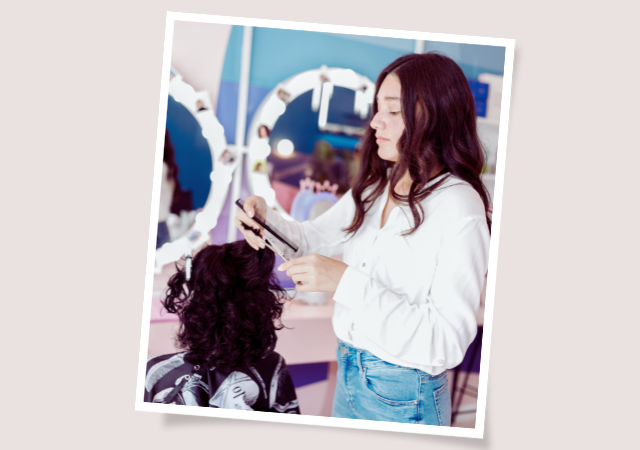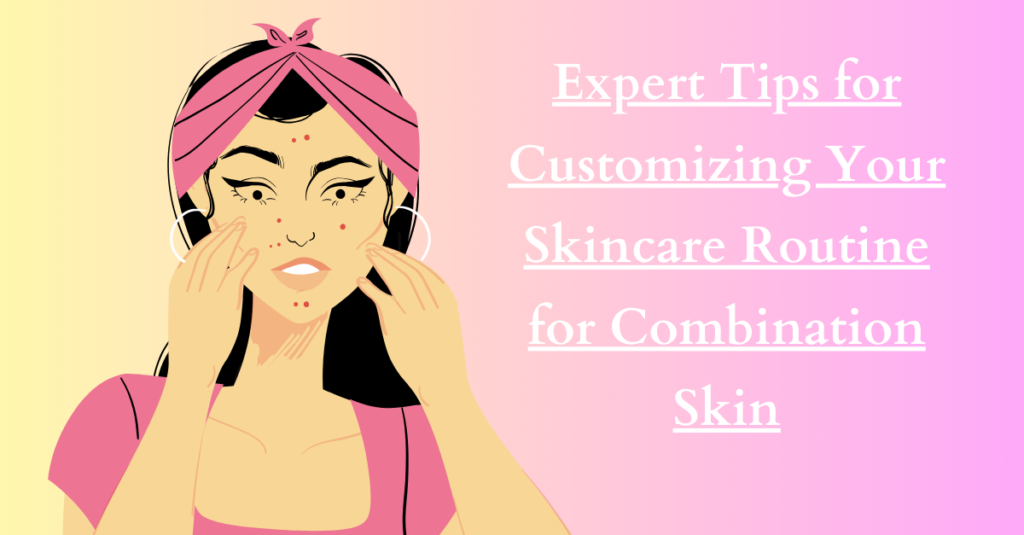How to Protect Your Hair from Heat: A Comprehensive Guide
Introduction
Beautiful, healthy hair is a crowning glory, and we often turn to heat styling tools like hair dryers, straighteners, and curling irons to achieve the desired look. However, while these tools can work wonders, they can also wreak havoc on our precious locks. The relentless heat can strip away moisture, weaken hair fibers, and lead to dreaded heat damage.
To ensure your hair remains lustrous and vibrant, it’s essential to arm yourself with the knowledge and techniques needed to protect it from the perils of heat styling. In this comprehensive guide, we will delve into the world of hair care, exploring the causes and consequences of heat damage, and equipping you with the tools and strategies necessary to safeguard your hair’s health.
Whether you have sleek straight hair, bouncy curls, or anything in between, this guide will be your go-to resource for maintaining gorgeous, heat-damage-free locks. Say goodbye to split ends, frizz, and brittle strands, and welcome the era of stunning, resilient hair. Let’s embark on this journey to discover how to protect your hair from heat effectively.
Understanding Heat Damage

Before we delve into protective measures, let’s understand what heat damage is and how it affects your hair. Heat damage occurs when excessive heat disrupts the structural proteins in your hair strands. This can lead to several noticeable issues, including:
- Dryness and Frizz: Heat styling can strip away your hair’s natural moisture, leaving it dry and prone to frizz. Dry hair is more likely to tangle and break.
- Split Ends: Heat damage often leads to split ends, which not only look unsightly but can also travel up the hair shaft if left unaddressed.
- Loss of Elasticity: Healthy hair has a certain degree of elasticity, allowing it to stretch and bounce back. Heat-damaged hair loses this elasticity, becoming weak and brittle.
- Dullness: Heat damage can make your hair lose its natural shine and appear lackluster.
Now that you understand what heat damage is and its effects, let’s move on to the steps you can take to protect your hair from heat.
Choosing the Right Heat Styling Tools

One of the first steps in protecting your hair from heat damage is selecting the right tools. Here’s what you should consider:
- Quality Matters: Invest in high-quality heat styling tools. Cheap tools often lack temperature control and can cause more harm than good.
- Know Your Tools: Understand the different types of heat styling tools available. Hair dryers, flat irons, curling irons, and wands all have unique characteristics. Choose the right tool for your desired style.
- Temperature Control: Look for tools with adjustable temperature settings. Different hair types require different heat levels. Fine hair generally needs lower heat than thick or coarse hair.
- Heat Distribution: Ensure your tool distributes heat evenly across the plates or barrel. Uneven heat can cause hot spots and damage.
Setting the Right Temperature
Once you have the right tools, it’s essential to use them at the appropriate temperature:
- Hair Type Matters: Fine or damaged hair is more sensitive to heat, so use lower temperatures. Thicker, coarser hair can tolerate higher heat settings.
- Avoid Excessive Heat: Just because your tool can reach a scorching temperature doesn’t mean you should use it at maximum heat. Find the lowest temperature that achieves your desired style.
- Even Styling: Make sure the tool is heated evenly and consistently before using it on your hair. Inconsistent heat can lead to uneven results and potential damage.
Preparing Your Hair

Proper preparation can make a world of difference in protecting your hair from heat:
- Heat Protectant Products: Always use a heat protectant product before styling your hair. These products create a barrier between your hair and the heat, reducing damage.
- Conditioning and Moisture: Regularly use a deep conditioner to keep your hair hydrated and healthy. Well-moisturized hair is less susceptible to heat damage.
- Detangle Gently: Use a wide-tooth comb or a detangling brush to gently remove knots and tangles before styling. Trying to style tangled hair can lead to breakage.
Safe Heat Styling Techniques

Once you’ve chosen the right tools, set the proper temperature, and prepared your hair, it’s time to style safely:
- Maintain a Safe Distance: Keep your styling tool at least an inch away from your hair to prevent direct contact and minimize heat damage.
- Proper Holding and Movement: Hold the tool correctly, and move it smoothly through your hair. Avoid clamping down too tightly or holding it in one spot for too long.
- Avoid Prolonged Heat Exposure: Limit the time your hair is exposed to heat. The longer the heat is applied, the more damage it can cause.
- Section Your Hair: Divide your hair into sections and style one section at a time. This ensures even styling and minimizes the need for excessive heat.
Alternative Heat-Free Styling Methods
Reducing heat usage can be beneficial for your hair’s health. Consider these heat-free styling methods:
- Heat-Free Curling Methods: Experiment with heat-free curling techniques like braids, twists, or foam rollers to achieve beautiful curls without heat.
- Heat-Free Straightening Methods: Try out straightening techniques like the tension method or wrapping your hair around your head to achieve straight hair without heat.
- Benefits of Reducing Heat: Heat-free styling methods not only protect your hair from damage but also allow it to recover and regain its natural texture and strength.
Post-Styling Care

After styling, it’s essential to provide your hair with post-styling care:
- Use Hair Serums and Oils: Apply a hair serum or oil to lock in moisture and add shine to your styled hair.
- Cool Down: Allow your hair to cool down before exposing it to environmental factors like wind or extreme temperatures.
- Replenish Moisture: Use a hydrating spray or leave-in conditioner to replenish any moisture lost during styling.
- Weekly Deep Conditioning: Incorporate a weekly deep conditioning treatment into your hair care routine to keep your locks healthy and resilient.
Protective Hairstyles
Protective hairstyles can help minimize heat damage by reducing the frequency of heat styling:
- Introduction to Protective Hairstyles: Protective hairstyles are designed to shield your hair from environmental stressors and daily manipulation.
- Examples of Protective Hairstyles: Consider options like braids, twists, buns, or wigs to give your hair a break from heat styling.
- Healthier Hair: By opting for protective hairstyles, you allow your hair to rest and recover, leading to overall healthier hair.
Maintaining Healthy Hair

In addition to heat protection measures, maintaining healthy hair involves other essential practices:
- Regular Trims: Schedule regular trims to remove split ends and prevent them from traveling up the hair shaft.
- Proper Nutrition: A balanced diet rich in vitamins, minerals, and protein supports hair health from the inside out.
- Stress Reduction: High levels of stress can contribute to hair problems. Practice stress-reduction techniques like meditation or yoga.
- Professional Hair Care: Consult a professional hairstylist for expert advice and guidance on maintaining your hair’s health.
Conclusion
Maintaining beautiful, healthy hair while protecting it from heat damage is entirely possible with the right knowledge and practices. By choosing quality tools, setting the right temperature, and preparing your hair properly, you can enjoy heat-styled looks without compromising your hair’s health. Additionally, consider heat-free styling methods, post-styling care, and protective hairstyles to further safeguard your locks. Remember that maintaining healthy hair is an ongoing process that requires dedication and consistency. With the tips and strategies outlined in this comprehensive guide, you can achieve stunning, heat-damage-free hair and radiate confidence wherever you go.

My name is Rohit Vagh and I’m a content writer specializing in fashion and lifestyle. I have three years of experience in this field and have written various articles. My writing style is creative and engaging, and I strive to create content that resonates with my readers. I have a deep passion for fashion and am constantly researching the latest trends and styles to make sure my readers are up to date. I’m excited to continue my career in blogging, and I’m always looking for new opportunities in the fashion and lifestyle space.





